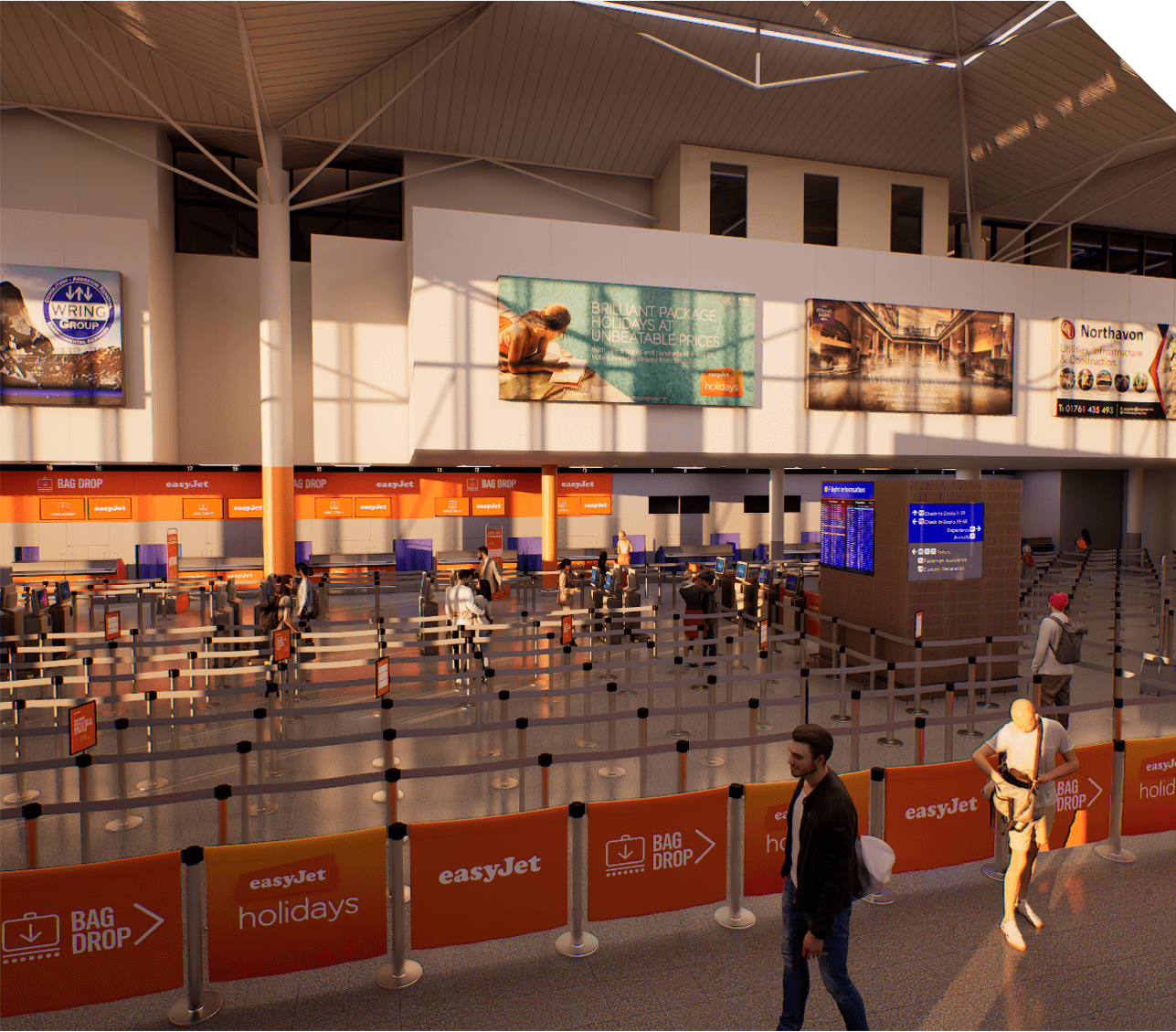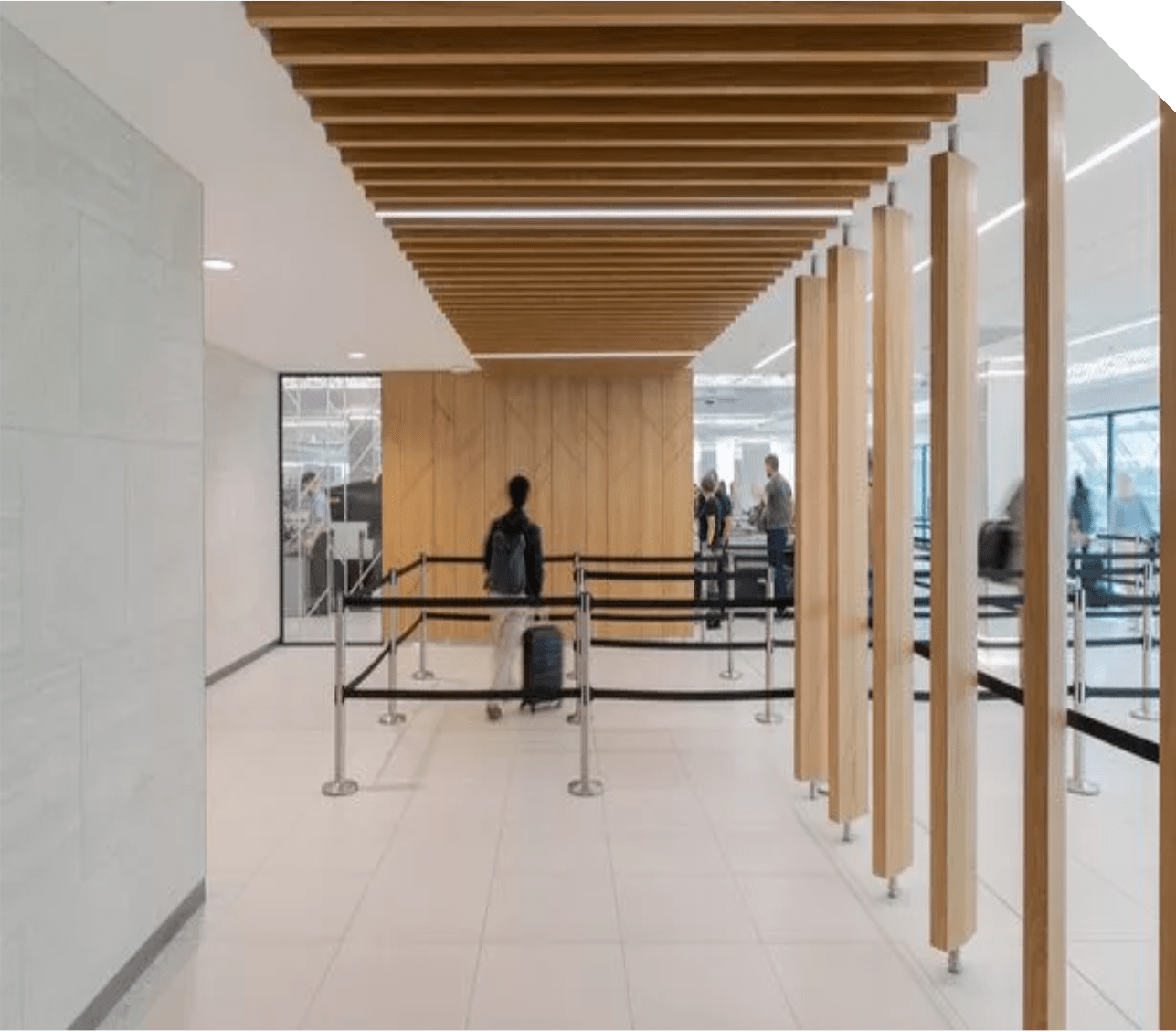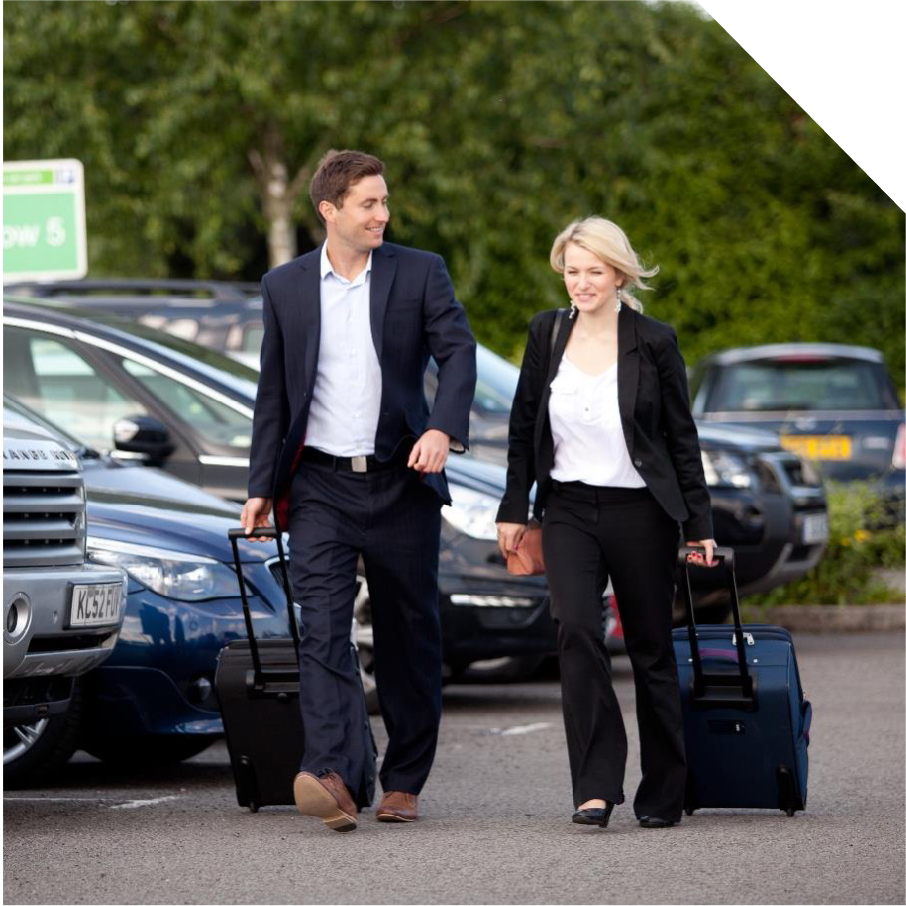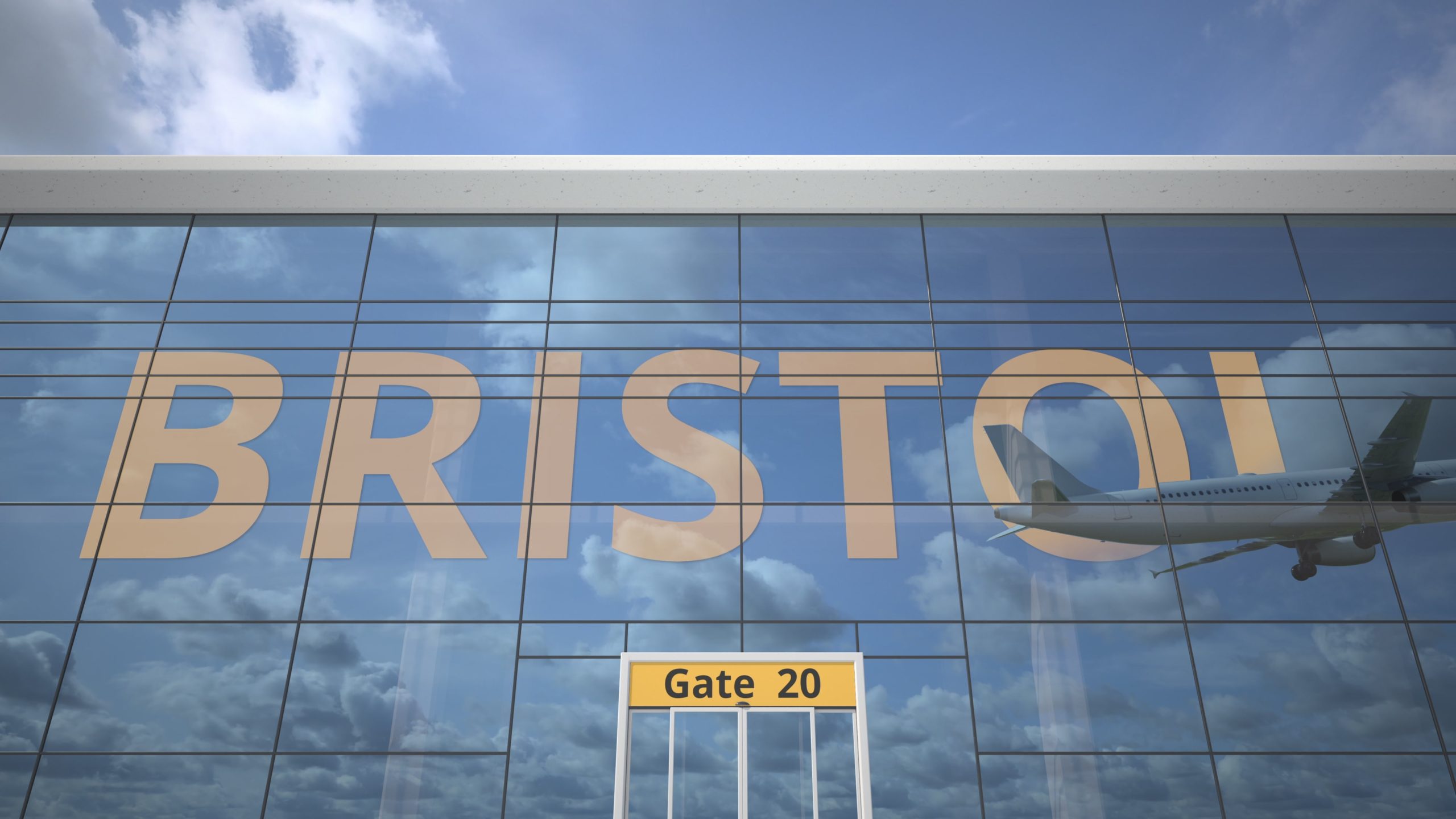Airport Operators
Airport Security Resource Planning Improvement Programme
Airport Security Resource Planning Improvement Programme
Working with one of the largest airports in the UK, like many they faced significant challenges during the past few years due to the limited travel during the pandemic, and the surge in passenger travel when restrictions were lifted.
The security resourcing team have struggled to keep up with the demand and have become very reactive to the short requirements. Develop Consulting have supported the airport with developing and introducing new planning models and the necessary routines to deploy them creating great foundations to build upon, optimising the resource available whilst significantly reducing the queues entering the central security area.

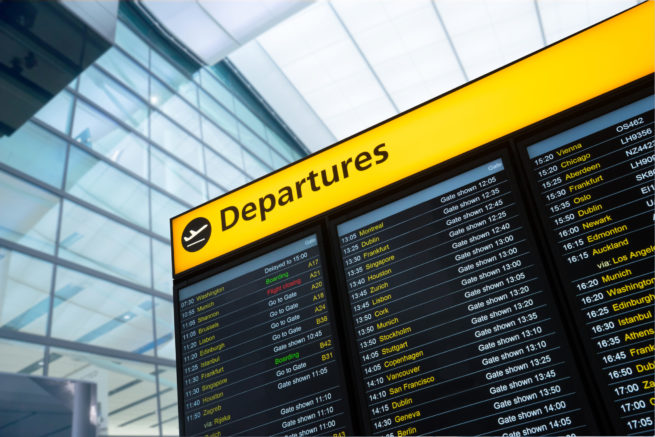
Results
- Passenger queue times were reduced by 35% for July, August and September
- Structure resource planning routine introduced and developed creating alignment through all parties
- Previous year working hours were consumed two months prior to requirements in annualised hours contract and now surplus hours which will provide the opportunity for training
Approach and key findings
We engaged with each of the different parties within the airport operations team from forecasting to operational delivery to establish the data available and how the information flowed through the organisation.
The information flow was mapped from end to end and the different data points were itemised. Although there was good data available it came from many different sources and separately it did not give a clear view of the situation. This meant that the security resource planning team were only able to look out for the coming two to three weeks which limited the level of changes they were able to make to the teams working hours. The impact was that often the team was either over or under resourced, even on the same day. Also the airport deployed annualised hours contracts and previously they had limited hours available at the end of the financial year.
The airport was going through significant infrastructure changes that meant that passengers queuing to enter the central search area was frequently changing and therefore it was essential to understand the expected length of the queue during peak periods.
The security management team were unsure of exactly what resource they were going to receive so that made ad hoc plans on the day.
Solution
Extracting the data from the different systems we bought together the requirements and the resource available creating a visual and transparent model predicting the impact to the passenger queues and the time they would be waiting to pass through the security process.
We adopted this model and facilitated workshops with the appropriate people to review the summer plans for every 15 minute window and optimised the teams working hours to ensure the resource was profiled in line with the passenger demand. Through this approach we were able to plan in detail the entire summer period.
A second model was created for the security management team that automatically defined on a daily basis a roster plan for each 15 minute window optimising the number of lanes that could be opened. The management team were coached in its use and benefits.
The models and methodology formed the framework for a daily, weekly and three monthly structured approach to planning ensuring resource was optimised and queues were kept to a minimum.

